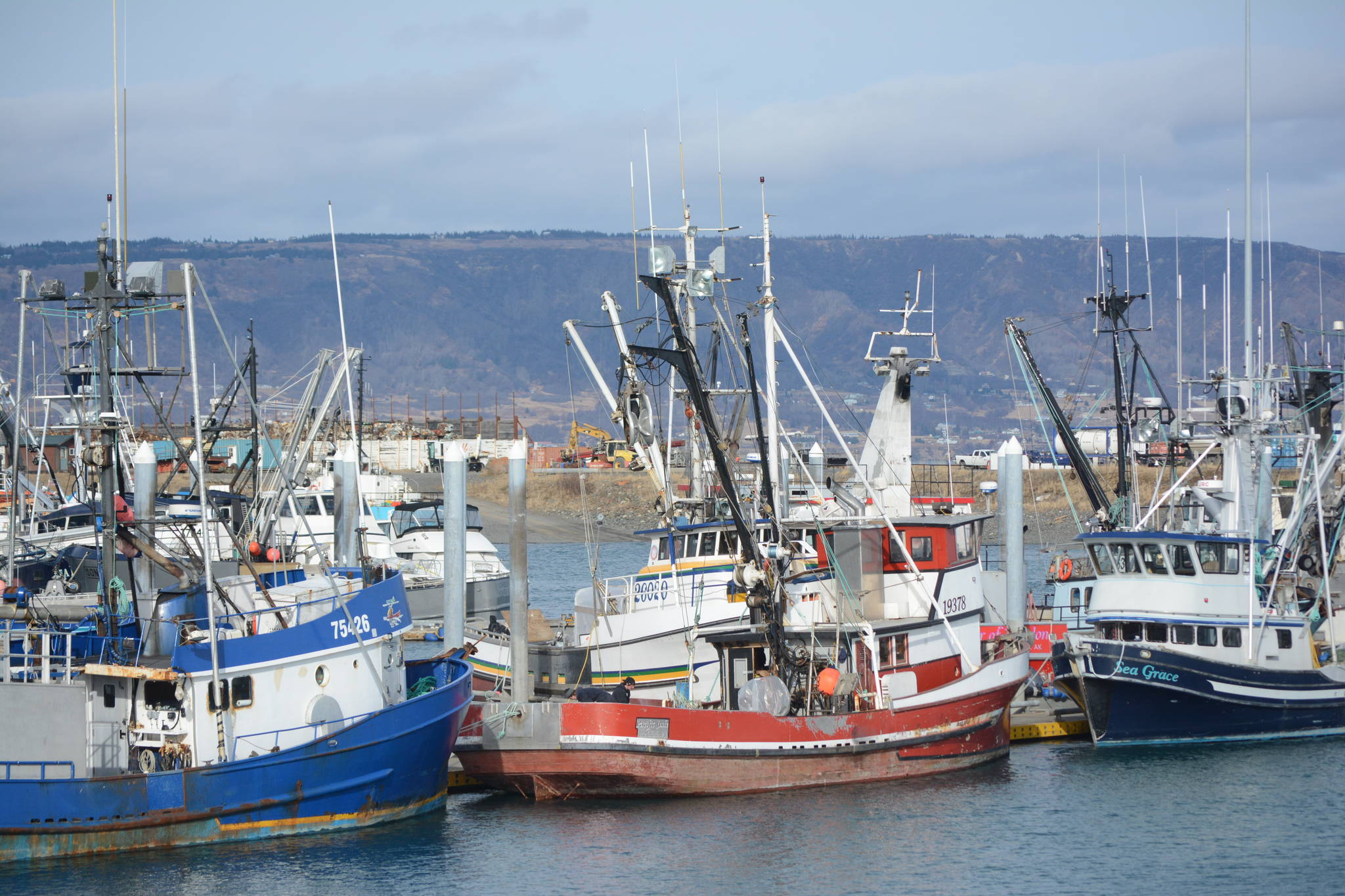Last winter, scientists and Alaska fishermen agreed to launch a pilot study to develop methods for tagging cod on active commercial fishing vessels in the Aleutian Islands, SeafoodNews.com reports.
Satellite tags had never been used on Pacific cod, nor has anyone recorded seasonal movements. This was the first time industry, scientists and the fishing community all took part in the research.
“This project is something that many of us have been interested in seeing happen for a long time,” said Captain Dan Carney, F/V Ocean Explorer. “Though we have fished in this area for decades, almost nothing is known about the migration of these stocks. It is vital to fisheries management and fishermen alike to know as much about the movement and habitat of these fish as possible.”
Carney’s vessel and crew provided the platform and expertise to catch, tag, and release the cod.
Onshore, Dave Fraser of the Adak Community Development Corporation, knew that the research would support the sustainability of the remote community of Adak.
“Given the importance of cod to the sustainability of our community, it is critical that the Aleutian Islands cod stock is itself sustainably managed.
“We have long been aware that the size and age distribution of the winter season commercial fisheries cod catch differs dramatically from that of the summer trawl survey,” Fraser said.
“Depending on the reason for that difference, we could be either under- or overestimating the stock size and the Allowable Biological Catch,” he noted.
Study co-author David Bryan of the Pacific States Marine Fisheries Commission noted that fishermen catch big cod in their Aleutian spawning grounds during the winter fishery while the NOAA Fisheries survey catches a wider range of sizes in the summer.
“Why are they different?” he asked.
Co-leader of the study with Alaska Fisheries Science Center colleague Susanne McDermott offered a few possible explanations for this:
Fishermen target cod during the winter when they are aggregated for spawning, and those fish tend to be large mature Pacific cod; the survey samples a wider range of locations during the summer survey and uses a net with smaller mesh sizes that leads to a greater diversity of sizes; and some portion of the large cod in the population might prefer rocky and high current habitat, which is difficult to survey with bottom trawls but is not a hindrance to pot fishing.
Before the pilot program began it was common knowledge that Aleutian Islands cod are a distinct population living in a unique environment. While Bering Sea and Gulf of Alaska cod stock abundances have changed dramatically in recent years, the Aleutian stock has remained stable. The AFSC, reporting on the project, attributed that to the physical oceanography around the islands that maintains relatively cool, constant temperatures in a warming ocean.
Goals of the pilot study, in addition to gathering data on migration routes, included developing methods to tag Pacific cod with pop-up satellite tags aboard working commercial fishing vessels and collecting data on age structure, length distribution, genetic origin, and spawning condition of the fish in the region.
Not all of the tags have popped yet, but the tags that have surfaced have revealed the first information about where cod go when they leave their winter spawning grounds.
Seven of nine fish went straight to Seguam Pass. One went far west to Petrel Bank — a distance of over 400 kilometers.
“What is really fascinating is that the fish went directly from the spawning grounds to feeding grounds within weeks,” McDermott said.
Both those places have major Atka mackerel aggregations which may be prey for larger cod. McDermott is hoping to get stomach data from those areas to find out.
The tags recorded a great deal of vertical movement as well as long distances traveled. On average, the fish rose and descended 200 feet daily.
“These ups and downs may suggest that the fish are traveling in rocky, steep, untrawlable areas. That would be an interesting finding if they are spending time where the survey vessels can’t go,” Bryan said.
More tags will be popping up soon. One is scheduled for this month; four at the end of February—one year since they were released.
Cristy Fry can be reached at realist468@gmail.com



